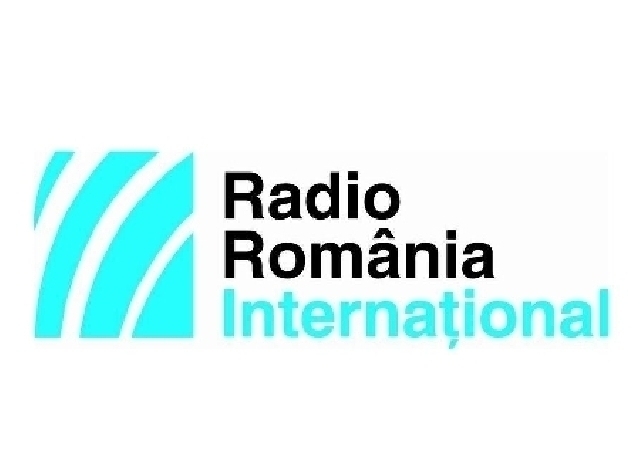The Targu Mures Ethnographic Museum
Museum of Ethnography and Traditional art stands out in the city of Targu Mures

Christine Leșcu, 25.08.2018, 13:41
The city of Targu Mures has been a major urban center for centuries. It lies in the center of the region of Transylvania, on the upper course of the river Mures. The old center of town, as a result, is full of monumental buildings, architectural jewels scattered all over, in various styles, from Baroque to Secession. Among these buildings, the Museum of Ethnography and Traditional art stands out, which is in fact a mansion that used to belong to the noble family Toldalagi. Construction began in 1759, and went through several stages until 1772, as we were told by Angela Pop, head of section with the museum.
Angela Pop: “Toldalagi Palace is one of the most important monuments in the city, dating back to the 18th century. This is the first palace built by a noble family in Targu Mures, after the supreme court in Transylvania was moved there. The master architect of the palace was Jean Louis dOr. This was the first construction site where Pal Schmidt was secondary entrepreneur in Targu. Mures. He was soon to emerge as a key personality in city construction. The main facade is in the late Baroque style, with French influences.”
The facade draws the gaze of passersby with its decorative elements, which, in addition to their ornamental function, were a status symbol for the Toldalagi family, ruled over by the count who built the palace, fitting his position as assessor of Transylvanias supreme court.
Angela Pop told us about the facade: “This facade has two heraldic emblems. On the left we have the Toldalagi family crest, then on the right we have the Wass family crest. They are all carved in stone. On the upper side they are linked by a crown, which stands out. This is an important element of the palace. This Toldalagi coat of arms has a blue field, with an arm holding up a six spoke wheel. There is a legend that this is supposed to represent. Once upon a time, in the time of the voyvods, the king was visiting Transylvania and had to cross a river. The pin holding one of the wheels fell into the water, and a man from the Toldalagi family, a local, replaced it with a finger on his left hand, helping to pull the kings carriage out of the river. This explains why the coat of arms has a left arm holding up a wheel. The coat of arms also includes a bulls head and other elements as well. These heraldic symbols are major elements of the facade of the Toldalagi palace of Targu Mures.”
The Toldalagi Palace, like the family that built and inhabited it, and the whole of Transylvania, underwent various transformations. Until the early 1940s, it housed the Bank of Transylvania. After the war, during communism, it was decided that this building should house the major traditional art collection put together by ethnographer Aurel Filimon. In time, starting with this collection, the patrimony of the Toldalagi Palace ethnographic museum gained in size, today putting on display 120 ethnographic collections, with no less than 8,000 pieces. These are clothing, interior decorations, furniture, household tools, icons, on wood or glass, religious objects, ceramics, metal pieces, architectural elements, etc.
Here is Angela Pop: “The first acquisitions of ethnographic objects were made by Aurel Filimon in early 20th century. The Aurel Filimon collection has 1,500 pieces, acquired between 1918 and 1940. Enriching this cultural patrimony continued with other acquisition campaigns, in an attempt to represent more ethnographic areas of the Mures region, such as Campia Transilvaniei, Podisul Tarnavei, Valea Gurghiului, the Upper Mures Valley, or the Niraj Valley. It is clear that this ethnography treasure has multiculturalism at its center, just like the events and exhibitions we organize at the museum. The first ethnography exhibition was organized at Toldalagi Palace in 1984, over 30 years ago. After that it became a mainstay of the museum.”
In addition to the basic exhibition, the museum in Targu Mures holds temporary exhibitions as well. One of them is being prepared right now, with help from the National Cultural Fund Administration, entitled Mures Residents in the Trenches of the Great War, and will open in September. At present, another temporary exhibition showcases the multiculturalism of the area, called Mures Fairs and the Rural World.





























